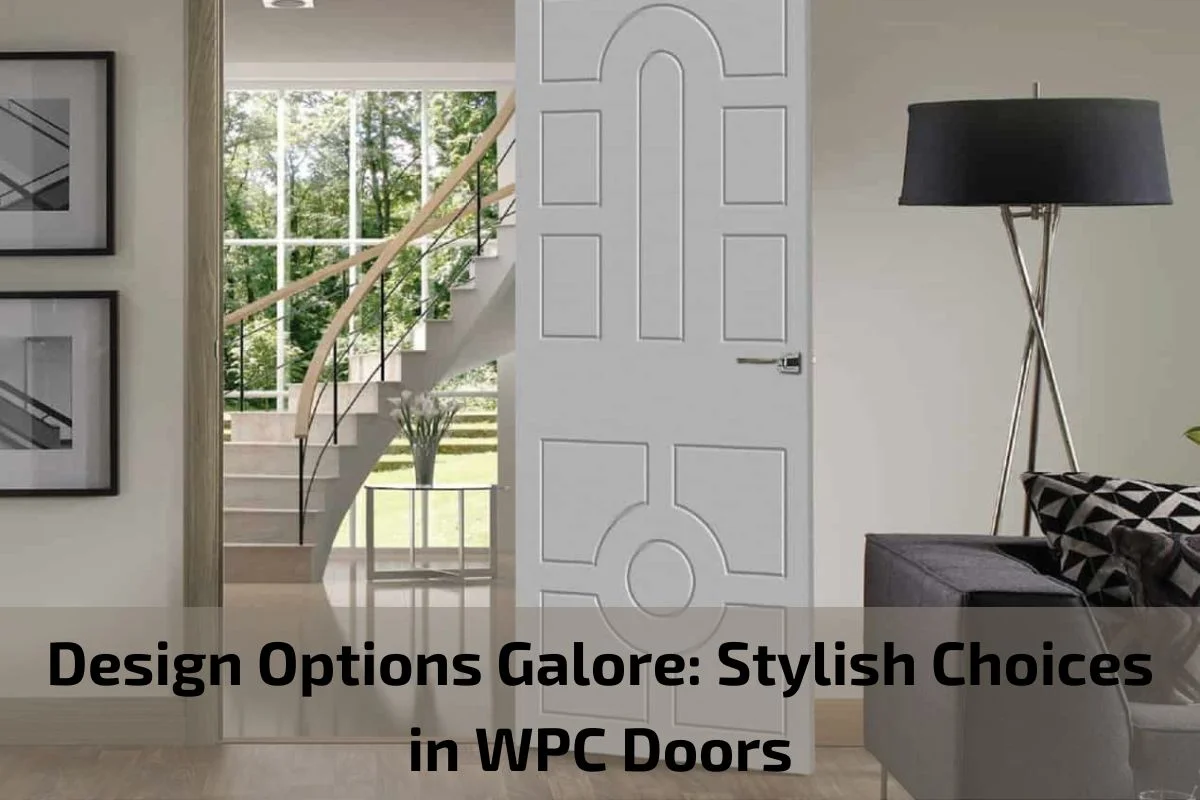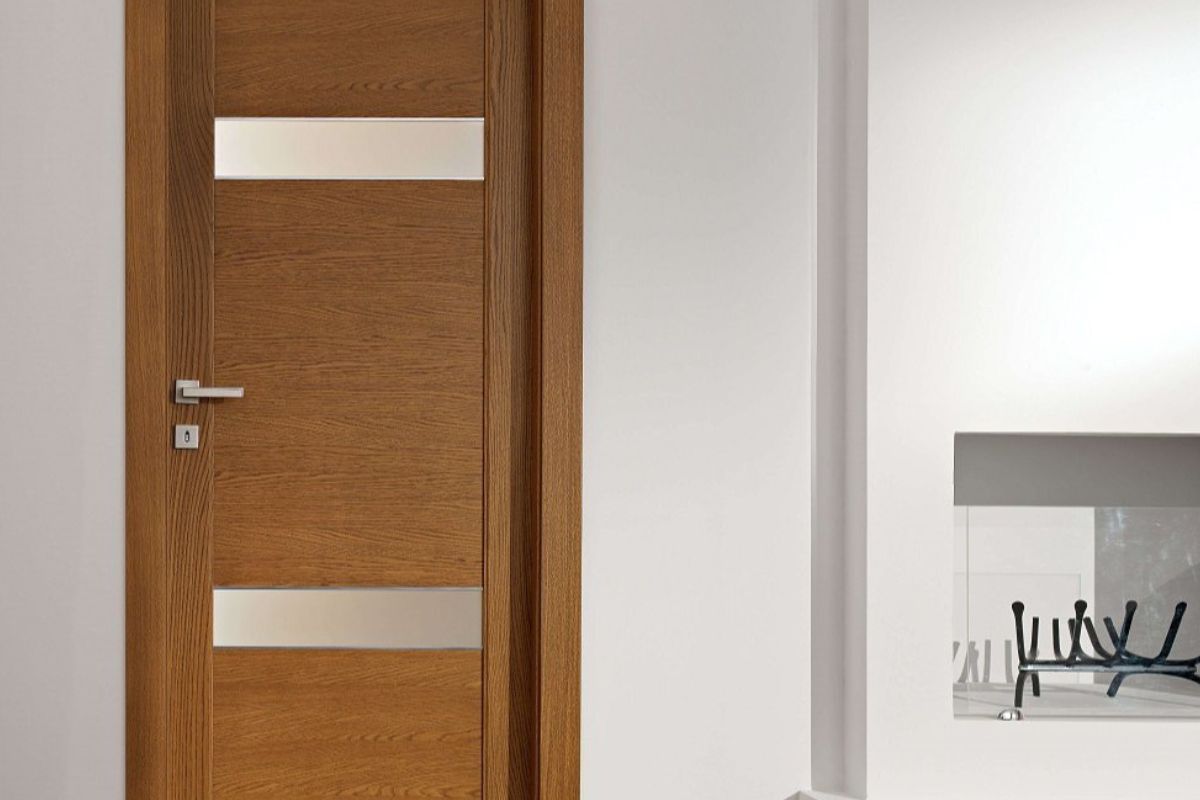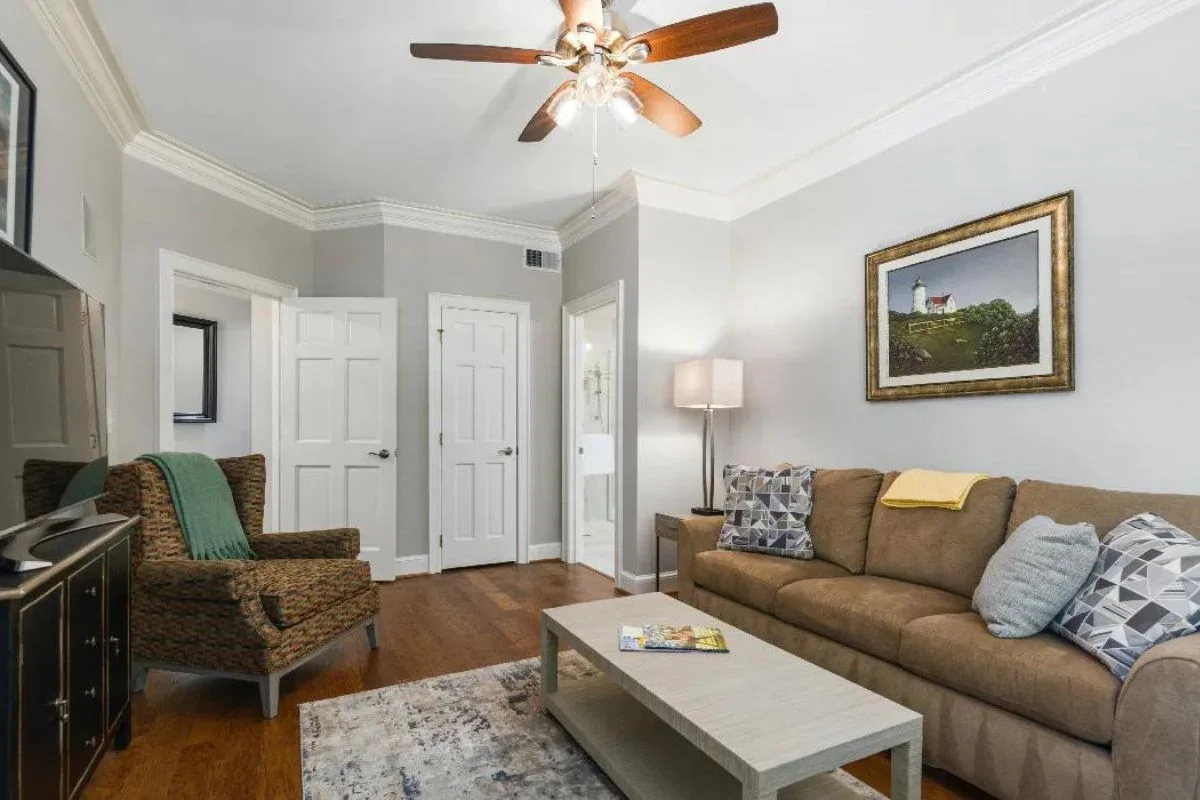
When it comes to interior design, the choice of doors plays a significant role in defining the aesthetic appeal and ambiance of a space. In recent years, WPC (Wood Plastic Composite) doors have emerged as versatile and stylish options for homeowners, architects, and interior designers alike. Offering a blend of modern technology, durability, and aesthetic appeal, WPC doors provide a wide array of design options to suit various preferences and interior styles.
In this article, we delve into the world of WPC doors and explore the diverse range of design options available. From classic designs to contemporary trends, WPC doors offer an extensive selection that caters to different tastes and functional requirements. Whether you’re looking for timeless elegance, minimalist sophistication, or bold statement pieces, WPC doors have something to offer for every design preference and space.
Join us as we embark on a journey through the stylish choices in WPC doors, uncovering the endless possibilities to elevate the look and feel of your interior spaces.
Importance of WPC Doors in Modern Interior Design
WPC doors have emerged as significant elements in modern interior design, playing a pivotal role in shaping the aesthetics, functionality, and sustainability of contemporary spaces. The importance of WPC doors in modern interior design stems from several key factors:
Versatility and Design Flexibility:
- WPC doors offer a wide range of design options, textures, and finishes, allowing designers and homeowners to achieve various looks and styles to suit their preferences. Whether it’s a classic wood grain finish or a sleek modern design, WPC doors can seamlessly integrate into diverse interior design schemes.
Durability and Longevity:
- Unlike traditional wooden doors, WPC doors are highly resistant to moisture, rot, and insect damage, making them ideal for environments prone to humidity or temperature fluctuations. Their durability ensures longevity, reducing the need for frequent replacement and maintenance, which is crucial for busy modern lifestyles.
Sustainability and Eco-Friendliness:
- WPC doors often incorporate recycled wood fibers or flour and are manufactured using environmentally friendly processes. By utilizing recycled materials and minimizing waste, WPC doors contribute to sustainable construction practices and reduce the environmental impact of interior design projects.
Adaptability to Changing Trends:
- The versatility of WPC doors allows them to adapt to evolving design trends and preferences. Whether it’s a contemporary minimalist look or a rustic farmhouse aesthetic, WPC doors can be customized to reflect the latest interior design trends while maintaining their functional and aesthetic appeal.
Cost-Effectiveness and Affordability:
- WPC doors offer a cost-effective alternative to solid wood doors without compromising on quality or aesthetics. Their relatively lower cost compared to traditional wooden doors makes them accessible to a broader range of homeowners and designers, allowing for budget-friendly interior design solutions.
Enhanced Indoor Air Quality:
- Unlike some traditional door materials, WPC doors do not emit harmful volatile organic compounds (VOCs) into the indoor environment. This contributes to improved indoor air quality and creates healthier living and working spaces for occupants.
Advantages and Disadvantages of WPC Doors over Traditional Materials
Advantages:
Durability: WPC doors are highly durable and resistant to moisture, rot, and insect damage, making them suitable for both interior and exterior applications.
Low Maintenance: Compared to traditional wooden doors, WPC doors require minimal maintenance. They do not require regular painting or sealing, saving time and effort in upkeep.
Versatility in Design: WPC doors offer a wide range of design options, textures, and finishes, allowing for customization to suit various architectural styles and interior aesthetics.
Sustainability: Many WPC doors are made from recycled wood fibers and thermoplastics, contributing to sustainable construction practices and reducing environmental impact.
Cost-Effectiveness: WPC doors are often more affordable than solid wood doors, providing a cost-effective alternative without compromising on quality or aesthetics.
Disadvantages:
Susceptibility to Heat: WPC doors may expand or contract in response to extreme temperature changes, potentially affecting their structural integrity over time.
Limited Natural Aesthetics: While WPC doors mimic the appearance of natural wood, some may find that they lack the authentic grain patterns and textures of traditional wooden doors.
Vulnerability to Scratches: WPC doors may be prone to scratching or denting, particularly in high-traffic areas or environments with heavy use.
Environmental Concerns: Despite being made from recycled materials, the manufacturing process of WPC doors may still involve the use of chemicals and energy-intensive processes, raising environmental concerns.
Limited Repair Options: Unlike solid wood doors, which can be sanded and refinished to address damage, WPC doors may have limited repair options for scratches or dents, potentially requiring replacement of the affected panels.
Applications and Uses of WPC Doors
WPC doors are versatile and can be used in a wide range of applications across residential, commercial, and institutional settings. Their durability, aesthetic appeal, and sustainability make them suitable for various purposes. Here are some common applications and uses of WPC doors:
Residential Spaces:
- Interior Doors: WPC doors can be used as interior doors in residential properties, including bedrooms, bathrooms, closets, and utility rooms. They add a touch of elegance to living spaces while offering durability and low maintenance.
- Exterior Doors: WPC doors can also be installed as exterior doors, providing security, insulation, and weather resistance to homes. They withstand exposure to harsh outdoor elements, making them ideal for entryways, patios, and balconies.
Commercial Spaces:
- Office Buildings: WPC doors are commonly used in office buildings for interior partitions, conference rooms, and entryways. They contribute to a professional atmosphere while offering durability and sound insulation.
- Retail Stores: WPC doors can enhance the aesthetics of retail stores and boutiques, creating inviting entrances and separating different sections of the store. They can also feature glass inserts for display purposes.
- Hotels and Hospitality: WPC doors are popular in hotels and hospitality establishments for guest rooms, corridors, and public areas. They provide a modern and stylish look while withstanding heavy use and maintaining acoustic privacy.
Institutional and Industrial Settings:
- Schools and Educational Facilities: WPC doors are used in schools, colleges, and universities for classrooms, laboratories, and administrative areas. They offer durability, safety, and ease of maintenance in high-traffic environments.
- Healthcare Facilities: WPC doors are suitable for healthcare facilities such as hospitals, clinics, and laboratories. They meet hygiene standards, resist bacterial growth, and provide smooth surfaces for easy cleaning.
- Industrial Buildings: WPC doors can be installed in industrial buildings, warehouses, and manufacturing facilities for fire-rated partitions, loading docks, and storage areas. They offer strength, security, and resistance to corrosion.
Specialty Applications:
- Soundproof Rooms: WPC doors with specialized acoustic insulation properties are used in recording studios, theaters, and soundproof rooms to minimize noise transmission and enhance acoustics. b.
- Fire-Rated Doors: WPC doors with fire-rated properties are installed in buildings where fire safety regulations are stringent, such as hospitals, schools, and commercial kitchens. c
- Custom Designs: WPC doors can be customized to meet specific design requirements, including size, shape, color, and texture, making them suitable for unique architectural projects and interior design concepts.
Installation and Maintenance Tips for WPC Doors
Proper installation and maintenance are essential to ensure the longevity, performance, and aesthetics of WPC doors. Follow these tips to ensure successful installation and effective maintenance of WPC doors:
Installation Tips:
Pre-Installation Preparation:
Measure the door opening accurately and ensure that it is square and level before installing the WPC door. Proper preparation prevents issues during installation.
Follow Manufacturer Guidelines:
Adhere to the manufacturer’s installation instructions and guidelines. Each WPC door may have specific requirements and recommendations for installation.
Use Correct Tools and Materials:
Use appropriate tools and materials for installation, including screws, hinges, and adhesives recommended by the manufacturer. Using the wrong materials can compromise the integrity of the door.
Ensure Proper Alignment:
Check the alignment of the door frame and the hinges to ensure that the WPC door operates smoothly. Adjust the frame as needed to achieve proper alignment.
Seal Joints and Edges:
Seal the joints and edges of the WPC door to prevent moisture infiltration and ensure long-term durability. Use a high-quality sealant recommended for WPC materials.
Maintenance Tips:
Regular Cleaning:
Clean the surface of the WPC door regularly using a mild detergent and water solution. Use a soft cloth or sponge to remove dirt, dust, and grime. Avoid using abrasive cleaners that may scratch the surface.
Avoid Harsh Chemicals:
Avoid using harsh chemicals, solvents, or abrasive cleaners on WPC doors, as they may damage the surface finish or cause discoloration. Stick to gentle cleaning solutions to maintain the door’s appearance.
Inspect and Repair Damage:
Regularly inspect the WPC door for any signs of damage, such as scratches, dents, or cracks. Repair minor damage promptly using a repair kit recommended by the manufacturer to prevent further deterioration.
Protect from Sunlight and Heat:
Protect WPC doors from prolonged exposure to direct sunlight and high temperatures, as excessive heat can cause the material to warp or fade over time. Install window treatments or UV-resistant coatings to minimize sun damage.
Prevent Water Damage:
Wipe up spills and excess moisture promptly to prevent water damage to the WPC door. Avoid installing WPC doors in areas prone to water splashes or humidity, such as bathrooms or kitchens, without proper sealing and waterproofing.
Lubricate Moving Parts:
Lubricate hinges, handles, and other moving parts of the WPC door regularly to ensure smooth operation. Use a silicone-based lubricant recommended by the manufacturer to prevent rust and corrosion.
Conclusion
In conclusion, WPC doors represent a versatile, durable, and aesthetically pleasing solution for a wide range of residential, commercial, and institutional applications. Throughout this article, we have explored the importance, applications, installation, and maintenance tips for WPC doors in modern interior design and construction projects.


